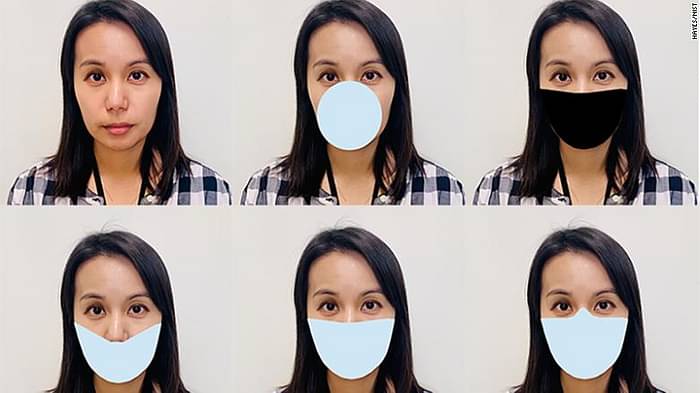
- A preliminary study by US NIST found that facemasks are breaking facial recognition algorithms
- The error rate rose to somewhere between 5% and 50% when subjects wore facemasks whereas the usual error rate is 0.3%
- The algorithms failed to recognize subjects wearing facemasks over their nose and wide masks covering the face
Facemasks have become one of the best forms of defense against COVID-19. The rising adoption of masks has caused an unintended effect on facial recognition algorithms. As per the US government’s National Institute of Standards and Technology (NIST), wearing facemasks that cover the mouth and nose is breaking the facial recognition algorithms.
As per Mei Ngan, author of the report, NIST is trying to study the effect of how an algorithm developed before the pandemic affects subjects wearing facemasks. The masks affect the efficiency of these algorithms and thwart facial recognition. As per the report, NIST tested only one form of the algorithm, which is the “one-to-one” matching procedure usually used in border crossing and passport control scenarios. The study does not include the “one-to-many” matching system which is used for mass surveillance.
Having tested 89 commercial algorithms, the error rates are between 5% and 50% when matching digitally applied facemasks compared to 0.3% error rate for the same person without facemasks. Also, the study revealed that dark masks and wide masks that cover the entire face evade facial recognition compared to blue surgical masks and the round N-95 masks respectively.
This is welcome news for privacy advocates who are concerned about the effects of technology on civil liberties. But technology firms are rapidly trying to adapt to this new world order and design algorithms accordingly. NIST also plans to test algorithms designed with facemasks in mind and also include a “one-to-many” matching procedure to study the results.



